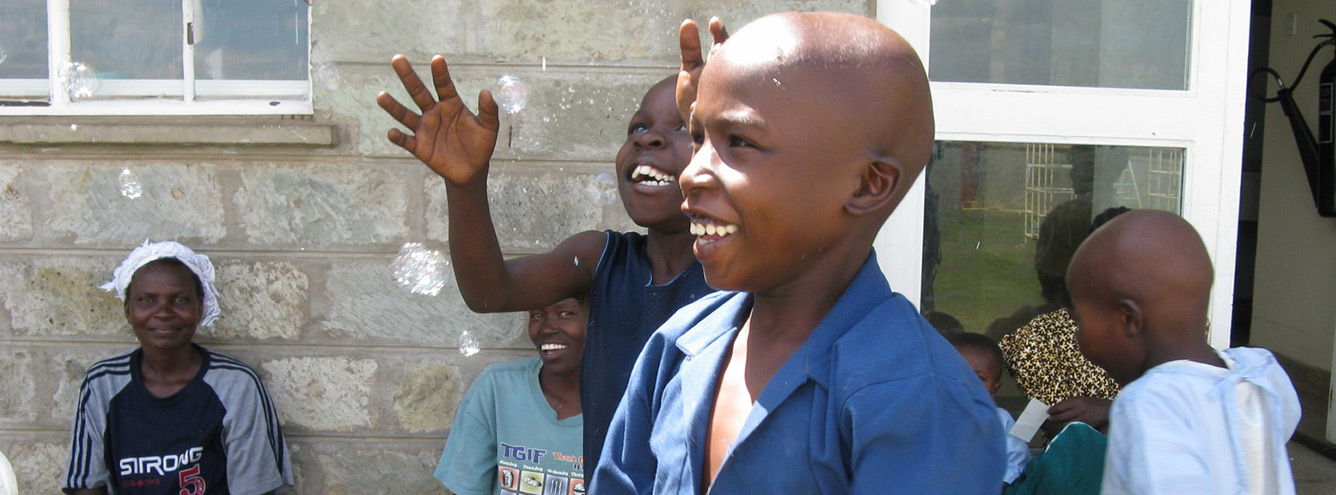Our global mission to create the future where every child with eye cancer, survivor, and family has the best possible care.
When diagnosed early and treated effectively, retinoblastoma is highly curable. Yet far too many children around the world still die or lose their sight from this cancer. The reasons are complex – late diagnosis, limited resources, lack of specialist knowledge, fragmented systems of care, and no tailored support.
Global Inequity and Opportunity
Retinoblastoma affects children in every part of the world, but the outcomes they face vary dramatically based on where they live:
High Income Countries (HICs)
Just 10% of affected children live in HICs, where more than 96% survive. Yet even here, many children endure years of treatment, multiple relapses, and permanent sight loss. Most research is conducted in these regions, yet studies often involve small patient numbers, limiting their local and global impact.
Low- and Middle-Income Countries (LMICs)
90% of children with retinoblastoma live in LMICs, where survival rates are often well below 40%. Because most children are diagnosed at an advanced stage, the priority is saving life and palliative care. Research is much harder due to limited resources, and little evidence exists to guide awareness programs, medical care (especially for advanced disease), or support strategies.
These inequities are rooted in real, solvable challenges:
- Low awareness among health workers and families leads to delayed diagnosis and preventable blindness or death.
- Limited access to the best available, evidence-based care.
- Weak collaboration between ophthalmology and oncology.
- No global agreement on pathology findings and post-enucleation care can lead to under- or over-treatment and delay critical life-saving therapy.
- Major differences in “standard” treatment make it hard to compare outcomes.
- Lack of standard outcome measures hinders meaningful, unbiased research.
- Poor study design and small sample sizes reduce the reliability of findings.
- Lack of randomized clinical trials to test treatments for both intraocular and extraocular disease.
- Little evidence to guide awareness and early detection programs, treatment choices, or family care programs.
To solve these challenges, the retinoblastoma community must develop and deliver evidence-based care that works in the real world, and ensure that families and survivors are part of shaping the solutions.
What Is Evidence-Based Care?
Evidence-based care means using diagnosis, treatment, and support strategies that have been tested through rigorous research, and proven to provide the best outcomes for the patient. This approach balances clinical effectiveness, cost-efficiency, and quality of life.
Strong evidence gives health professionals and families confidence in the treatment choices they make. It also helps policymakers allocate limited resources wisely—maximizing the benefit for each child.
Evidence-based care relies on:
- High-quality research and peer-reviewed science.
- Development and regular review of clinical guidelines.
- Shared data and outcome measures.
- Collaboration between disciplines and across borders.
- Clear communication of risks and benefits to families.
Yet without inclusive collaboration and a deep understanding of what families truly need, even the best research can fall short.
Our One Rb World Solution
One Retinoblastoma World is our global initiative to meet these challenges head-on. We support a united, inclusive, and proactive community of families, survivors, medical professionals, researchers, and advocates – working together to break down barriers and improve outcomes for all.
Explore how we are making a difference through:
Best Practice Guidelines – creating consistent, evidence-based national care standards.
The One Rb World Map – connecting families and doctors to expert care through a global directory of treatment centres.
A Global Research Community – advocating for shared data, patient-led studies, and international cooperation to achieve the best care for all.
The One Rb World Conference – uniting all who wish to shape the future of retinoblastoma care, cure, and community support.
Together, we are closing the gaps in care – because no child should die from this curable cancer.







